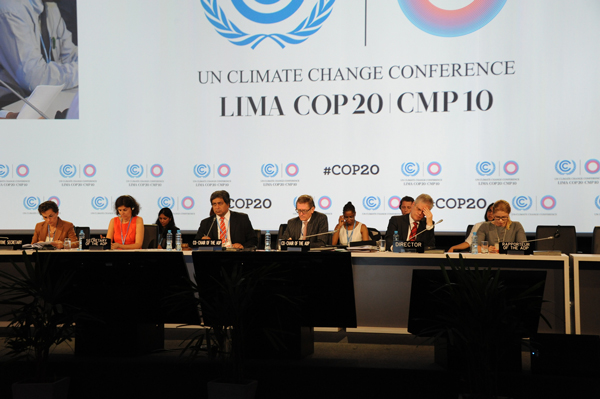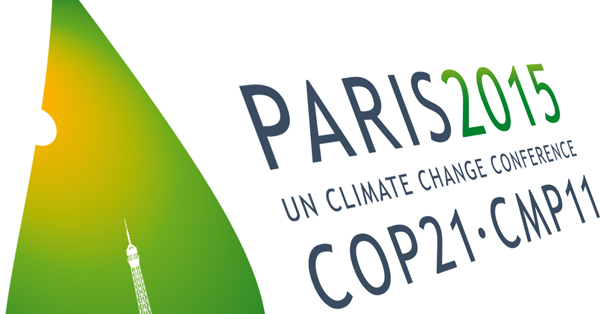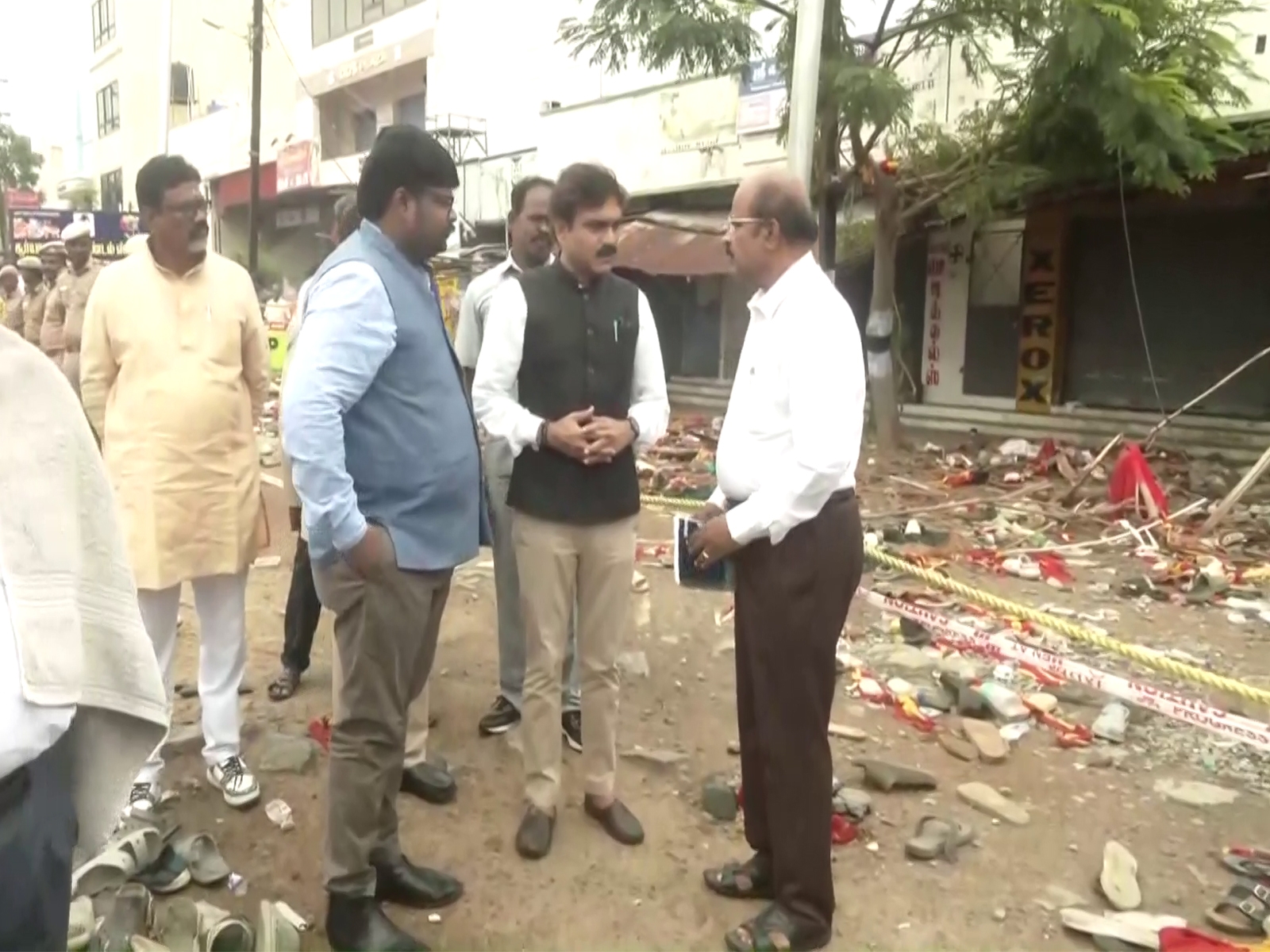The world is talking about this: the A-Z of #COP21

Ever since global warming was noticed in the 1800s, jargon surrounding the phenomenon have become increasingly foggy.
From a humble 'greenhouse effect', used first in 1901, now we have an alphabet soup - COP, ADP, CMP, UNFCCC, CBDR, INDC etc followed by the globetrotting Rio declaration, Kyoto Protocol, Durban platform, Cancun agreement and the tongue-twisting "ratcheting up" and "procedural obligations".
Now, another edition of the global climate change summit is upon us. The Paris conclave is being touted as potentially one of the most decisive summits.
Watch Big Ben drown: Why you should care about climate change
So whether you like it or not, from 30 November-11 December you will be bombarded with a barrage of phrases and acronyms about COP - there, I used one.
Each such alphabet promises to change your life, and those of your grandchildren's. So, if you worry about your future, you should get down to cracking admittedly the most terrifying aspect of climate conferences.
So let me try to make your life a little easier...
Alphabet soup:
UNFCCC
In 1992, the world decided to finally do something about global warming. Every country was either responsible for causing it, or at the receiving end. teamwork was necessary.
The United Nations took up the matter and 165 nations signed a treaty to solve the problem together. This treaty is known as the United Nations Framework Convention on Climate Change. It became effective in 1994.
COP
Conference of Parties. Party here refers to a nation that has signed the UNFCCC. Since 1995, they have met every year to find ways to solve the climate problem. The first COP was at Berlin. COP-2 at Geneva. This year, Paris is hosting COP-21. There were 196 parties as of 2014.

Kyoto Protocol
In 1997, at COP-3 in Kyoto, Japan, the nations signed a deal that simply told 37 rich countries how much they should cut emissions between 2008 and 2012. This has been the strongest climate deal so far. Unfortunately, many rich countries such as the United States and Canada pulled out at the last minute.
CMP
The Kyoto Protocol came into effect in early 2005. Since then, at each COP meet, parties to the Kyoto Protocol also meet, and this event is known as CMP.
ADP
At COP-17 in Durban (2011), it was decided that the world needs a new climate treaty (like the Kyoto Protocol) to be effective from 2020. Such a protocol was planned to be signed at the upcoming COP in Paris.
But preparing the text for such a treaty takes longer than just one summit. Thus, a working group was set up to start preparing the text for Paris. This group was known as the Ad-hoc Working Group on the Durban Platform for Enhanced Action.
CBDR
Common But Differentiated Responsibilities - beyond the big words is a lot of common sense. Almost 80% global warming is caused by greenhouse gases, which rich countries have been emitting over the last century.
This is because they had already industrialised. Poorer countries emitted too, but much less.
Also read- Combating climate change: China puts India on the back foot
So, logically speaking, nations that emitted more, need clean up more. Poorer countries, which emitted less, should clean up less. In other words the responsibility to clean up is common, but the amount is different.
This is not simply a jargon; it is an idea of justice. Polluter pays. It is the fundamental principle for solving the climate problem, and is enshrined in the UNFCCC.
INDC
Intended Nationally Determined Contributions. In the Kyoto Protocol, rich countries were simply told how much they could emit.
Expectedly, this did not go down well with them. At the 19th COP in Warsaw, rich nations pushed an idea that instead of assigning such targets, each country should be allowed to come up with its own target.
Such a voluntary target was termed as an INDC. In other words, everyone gets away with whatever they want. The INDCs were to be submitted this year before COP-21. The hope was that the total of all INDCs would be enough to reduce global warming.
Not surprisingly, it isn't. Notice how the idea of a voluntary emission cut is antithesis to the 'polluter pays' principle.
Location-wise phrases:
Rio Declaration
Recall how at the 1992 UN conference in Rio, nations signed the UNFCCC. In their enthusiasm, they also made a declaration. It says many nice things about working together to save the environment. All the love has largely remained on paper since.
Durban platform
The treaty signed at COP-17 in Durban, where all nations agreed that they would sign a climate treaty in Paris in 2015.
Read more: India's #ClimatePledge is a bargaining chip to shut the West up
Cancun agreement
At the 16th COP in Cancun, Mexico, countries agreed to set up a green climate fund. Rich countries would contribute to the fund, which would be used by poor countries to fund clean energy and other eco-friendly technologies.
Other tongue twisters:
Ratcheting up
Each country has made voluntary promises on how much it will cut greenhouse emissions. It is clear now that the total of all nations' cuts won't be enough to solve the global warming crisis.

As the next step, experts are talking about ways to make countries increase their commitments in the future. Such "ratcheting up" of commitments would ideally become a part of the treaty finalised in Paris.
Procedural obligations
What if the Paris summit doesn't result in a strong treaty like the Kyoto Protocol? We will be left with nations' commitments. Well, we should at least have a system to make sure they follow these promises.
Procedural obligations refers to such a system, as it would include rules (procedures) on how to report climate actions (that are obligatory).
More in Catch:
EXCLUSIVE: Meet the cow protectors: men who would kill in its name. A video diary
The world's most successful paid video game is going to be a movie. Hello Tetris, the film
Today's dose of amazeballs: ISIS has a court poet. And she's female







![BJP's Kapil Mishra recreates Shankar Mahadevan’s ‘Breathless’ song to highlight Delhi pollution [WATCH] BJP's Kapil Mishra recreates Shankar Mahadevan’s ‘Breathless’ song to highlight Delhi pollution [WATCH]](https://images.catchnews.com/upload/2022/11/03/kapil-mishra_240884_300x172.png)

![Anupam Kher shares pictures of his toned body on 67th birthday [MUST SEE] Anupam Kher shares pictures of his toned body on 67th birthday [MUST SEE]](https://images.catchnews.com/upload/2022/03/07/Anupam_kher_231145_300x172.jpg)






